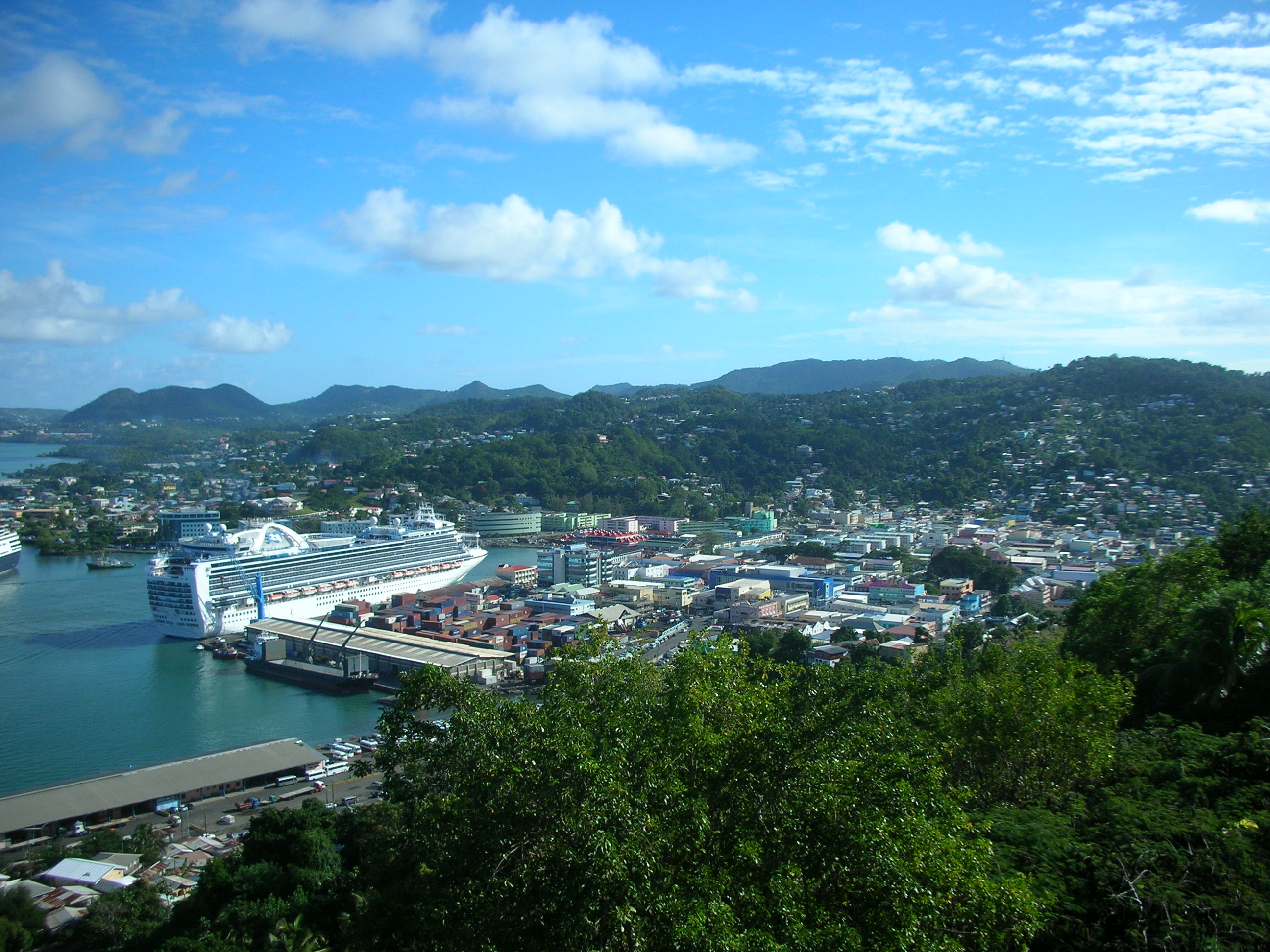GDP growth in St. Lucia rose by 3% in 2017 due to robust activity in several sectors of its economy. With the tourism sector recently undergoing a revamp and an increase in both FDI flows and infrastructure investment, a favourable outlook continues to be expected, characterised by buoyant economic growth. The tourism sector, which makes up around 65% of the island’s total GDP, has expanded over the years. This has been an inevitable result of favourable external conditions, several hotel expansions across the island as well as added flight routes. Subsequently, unemployment on the island is down by more than 1%, undeniably exhibiting a hopeful potential for further economic expansion and improvement. Strong FDI and infrastructure investments have also encouraged more activity in construction and other sectors, most notably those of retail and wholesale trade.
Projects Inducing St Lucia Economic Growth
Due to long-term infrastructure, as well as tourism-related FDI and continued tourist inflows, the short-term outlook for the St. Lucia economy is a favourable one. This has also been in contribution to the global recovery and increased capacity around the island. A freshly recovered tourism sector has meant that stay-over arrivals have risen by 11% – the fastest growing rate in the Caribbean. Additionally, according to the International Monetary Fund, real economic activity is projected to continue to grow by 3.5% in 2018 and, in turn, experience a 3.7% growth rate for 2019.
Nevertheless, St. Lucia is a regional leader in climate change preparedness. It aims to implement a Climate Change Policy Assessment, to avoid any potential economic losses resulting from unfortunate natural disasters. This encompasses a balanced mitigation strategy, supported by costed investment plans and, moreover, a qualitative adaptation strategy with identified priorities.

Fiscal Improvements and St Lucia Citizenship by Investment Programme
The government, additionally, is continuously improving and expanding its efforts to address the challenges which pose a threat to the island’s current economic stability. Projects are presently in the works to boost growth and restore fiscal sustainability by enhancing the tourism sector’s potential through stronger marketing campaigns and newly-established hotel operators. Fiscal improvement measures to be implemented include a few tax reductions, namely that of VAT, and fostering the revenues made through the St Lucia Citizenship by Investment Programme (CIP). Interest in the programme has been gradually increasing following significant changes to the programme requirements in 2017, with 259 individuals reportedly having been granted St Lucian citizenship in 2017. Additionally, there has also been talk of introducing the IFRS9 to banks, which would ultimately require them to increase their capital to reach regulatory thresholds.
Investment for the National Adaptation Plan will soon be fully costed and integrated into development plans and medium-term frameworks for further economic growth in St Lucia. Nonetheless, a stern and well-rounded financial strategy and regulations are soon going to be implemented, with the Harmonized Credit Reporting Act’s implementation. Revenue from the CIP Program and the new residency programme together, nevertheless, have helped to finance this fund.